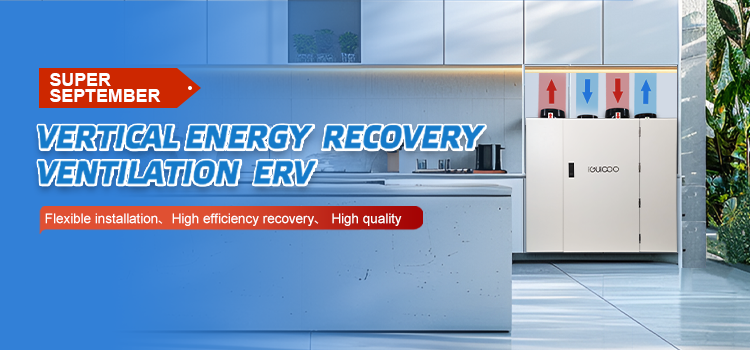Yes, you can open windows with an MVHR (Mechanical Ventilation with Heat Recovery) system, but understanding when and why to do so is key to maximizing the benefits of your heat recovery ventilation setup. MVHR is a sophisticated form of heat recovery ventilation designed to maintain fresh air circulation while retaining heat, and window use should complement—not compromise—this functionality.
Heat recovery ventilation systems like MVHR work by continuously extracting stale indoor air and replacing it with filtered fresh outdoor air, transferring heat between the two streams to minimize energy loss. This closed-loop process is most efficient when windows remain closed, as open windows can disrupt the balanced airflow that makes heat recovery ventilation so effective. When windows are wide open, the system may struggle to maintain consistent pressure, reducing its ability to recover heat efficiently.
That said, strategic window opening can enhance your heat recovery ventilation system. On mild days, opening windows for short periods allows for rapid air exchange, which can help clear accumulated pollutants faster than the MVHR alone. This is particularly useful after cooking, painting, or other activities that release strong odors or fumes—scenarios where even the best heat recovery ventilation benefits from a quick boost.
Seasonal considerations matter too. In summer, opening windows during cooler nights can supplement your heat recovery ventilation by bringing in naturally cool air, reducing reliance on the system and lowering energy use. Conversely, in winter, frequent window opening undermines the heat-retaining purpose of heat recovery ventilation, as precious warm air escapes and cold air enters, forcing your heating system to work harder.
To harmonize window use with your MVHR, follow these tips: Keep windows closed during extreme temperatures to preserve the efficiency of heat recovery ventilation; open them briefly (10–15 minutes) for quick air refreshment; and avoid leaving windows open in rooms where the MVHR is actively ventilating, as this creates unnecessary airflow competition.
Modern heat recovery ventilation systems often include sensors that adjust airflow based on indoor conditions, but they can’t fully compensate for prolonged window opening. The goal is to use windows as a complement to, not a replacement for, your MVHR. By striking this balance, you’ll enjoy the best of both worlds: the consistent, energy-efficient air quality provided by heat recovery ventilation, and the occasional freshness of open windows.
In summary, while MVHR systems function optimally with closed windows, strategic window opening is permissible and can enhance your heat recovery ventilation setup when done thoughtfully. Understanding your heat recovery ventilation system’s needs ensures you maintain its efficiency while enjoying a well-ventilated home.
Post time: Sep-23-2025







